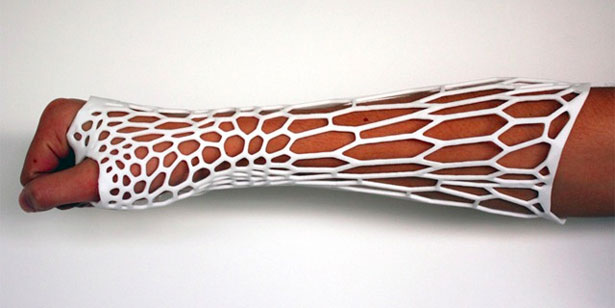As 3D printing technology continues to take the medical field by storm, 3D printed implants fit for human use have risen into prominence. 
Anatomical model used to prepare for the operation

As 3D printing technology continues to take the medical field by storm, 3D printed implants fit for human use have risen into prominence. 
Anatomical model used to prepare for the operation
The surgery itself took 15 hours to complete, and according to Mobbs, the patient is now recovering well. Now, 15 hours may seem like a pretty lengthy operation, but prior to the availability of this 3D printed titanium implant, most surgeons would consider this operation to risky to even perform in the first place. “To be able to get the printed implant that you know will fit perfectly because you’ve already done the operation on a model … It was just a pure delight,” Mobbs said. “It was as if someone had switched on a light and said ‘crikey, if this isn’t the future, well then I don’t know what is’.”

Although the 3D printed titanium implant proved to be a success, Mobbs isn’t quite satisfied with the state of 3D printed implant technology just yet. The surgeon has been looking at more biocompatible materials for custom 3D scaffolding, particularly ones that are manufactured by the cells from the patient’s body, which Mobbs’ considers to be the ‘holy grail of medicine’. “There’s no doubt this is the next big wave of medicine,” Mobbs said. “For me, the holy grail of medicine is the manufacturing of bones, joints and organs on-demand to restore function and save lives.” Not to worry, Dr. Mobbs, these patient-specific stem cell-based biomaterials are already well on their way to the medical field, and are being researched by a number of institutions across the world. Even in your very own backyard!